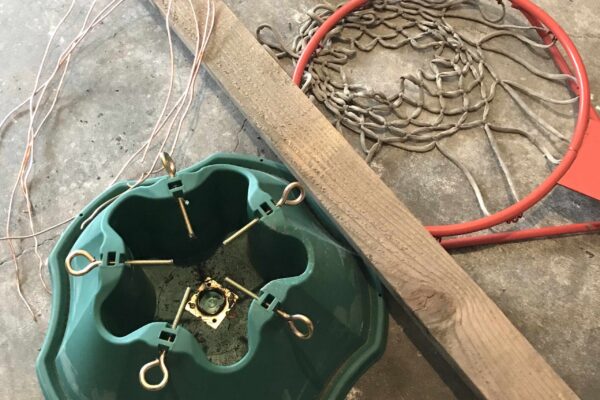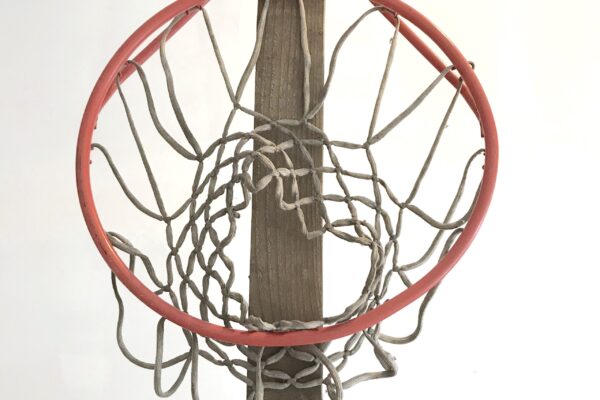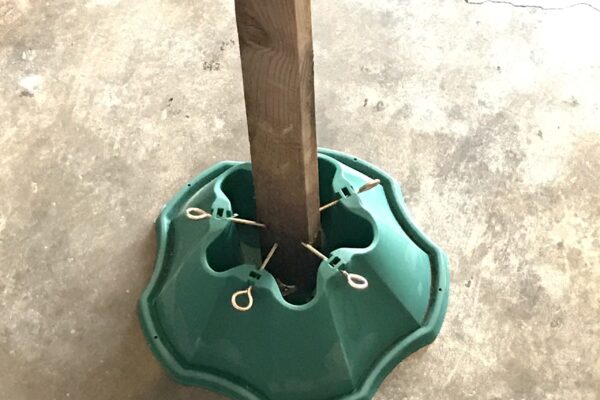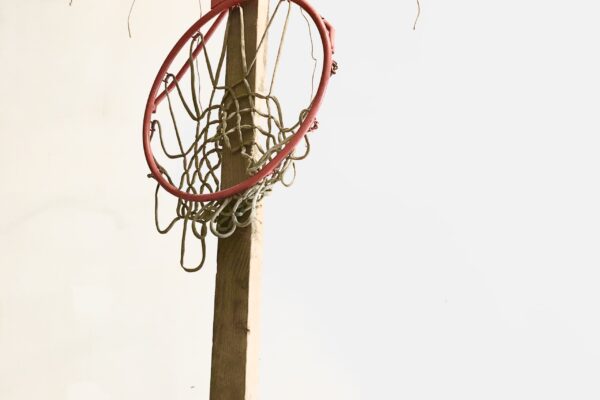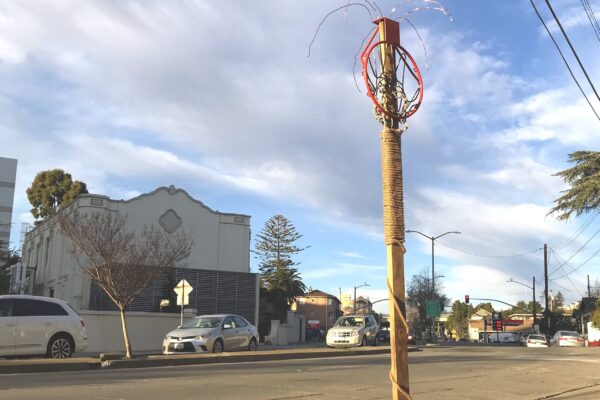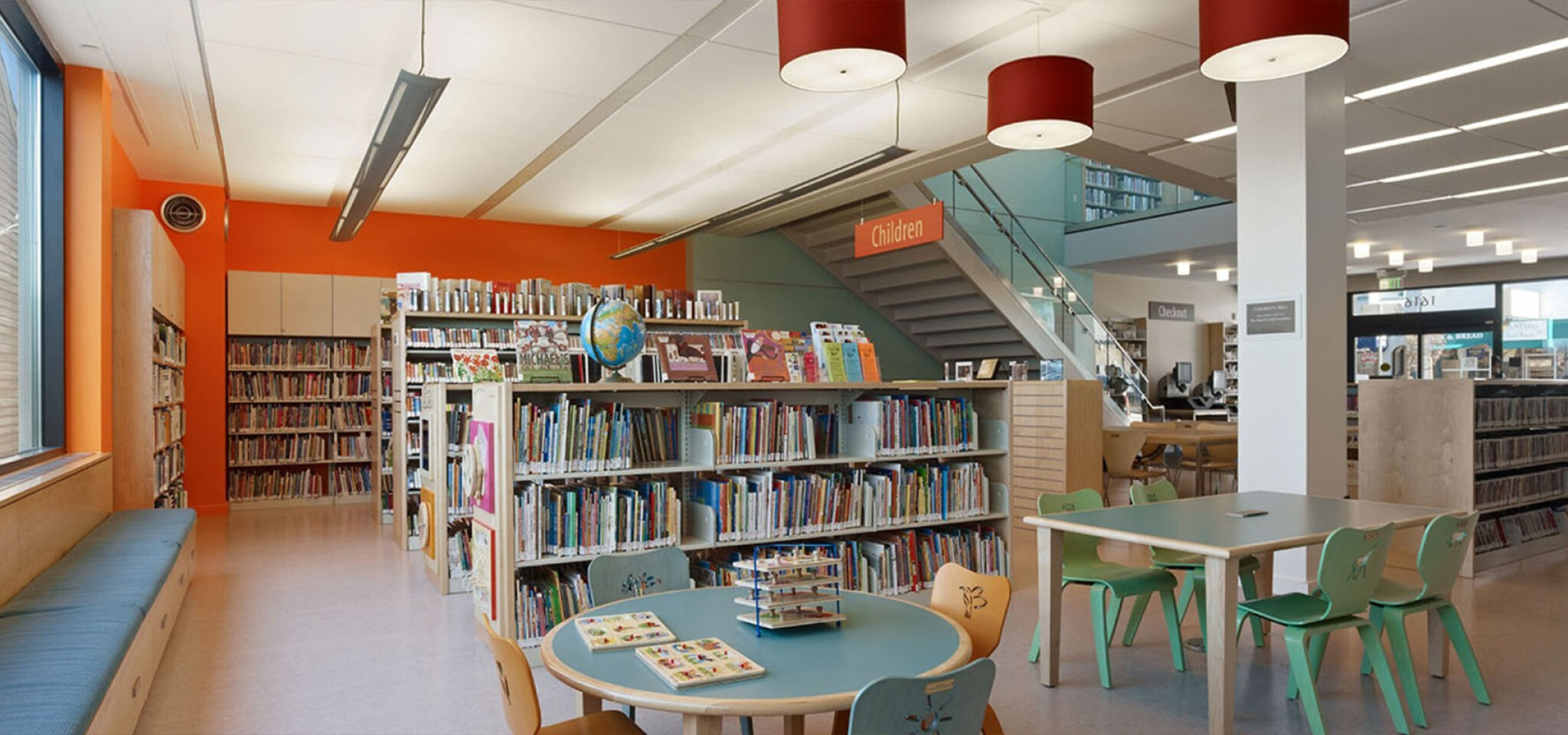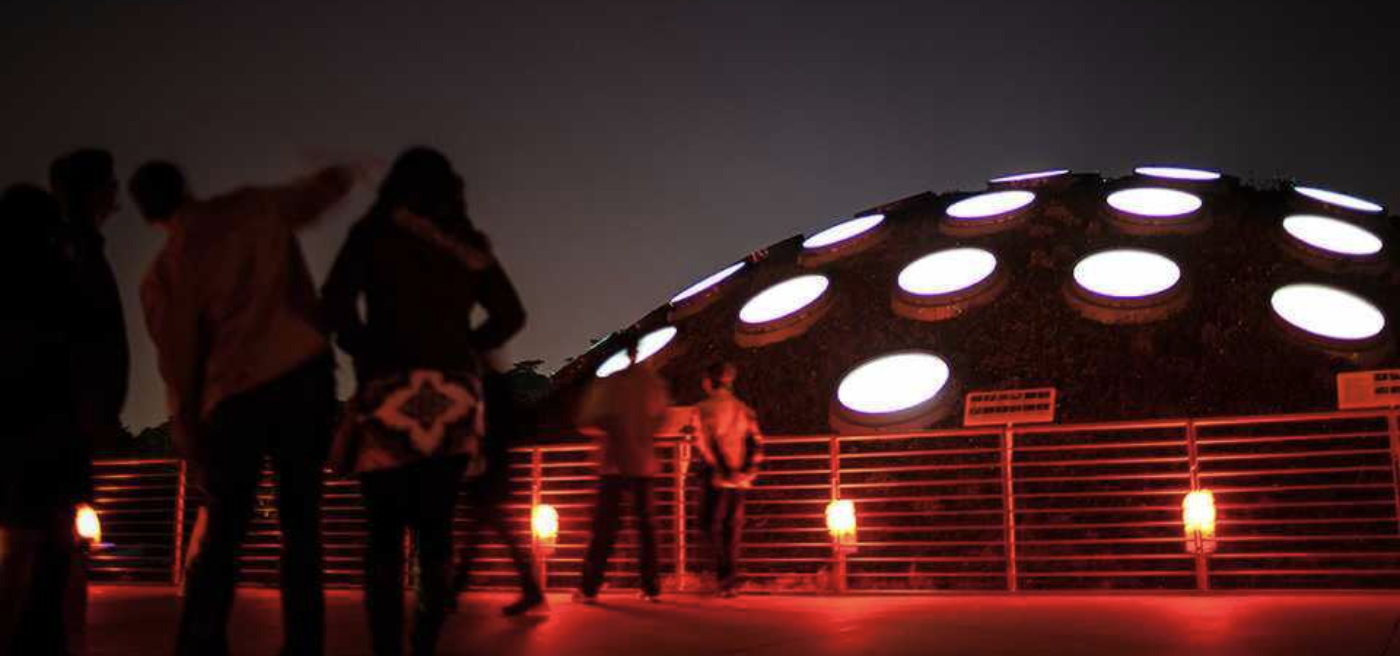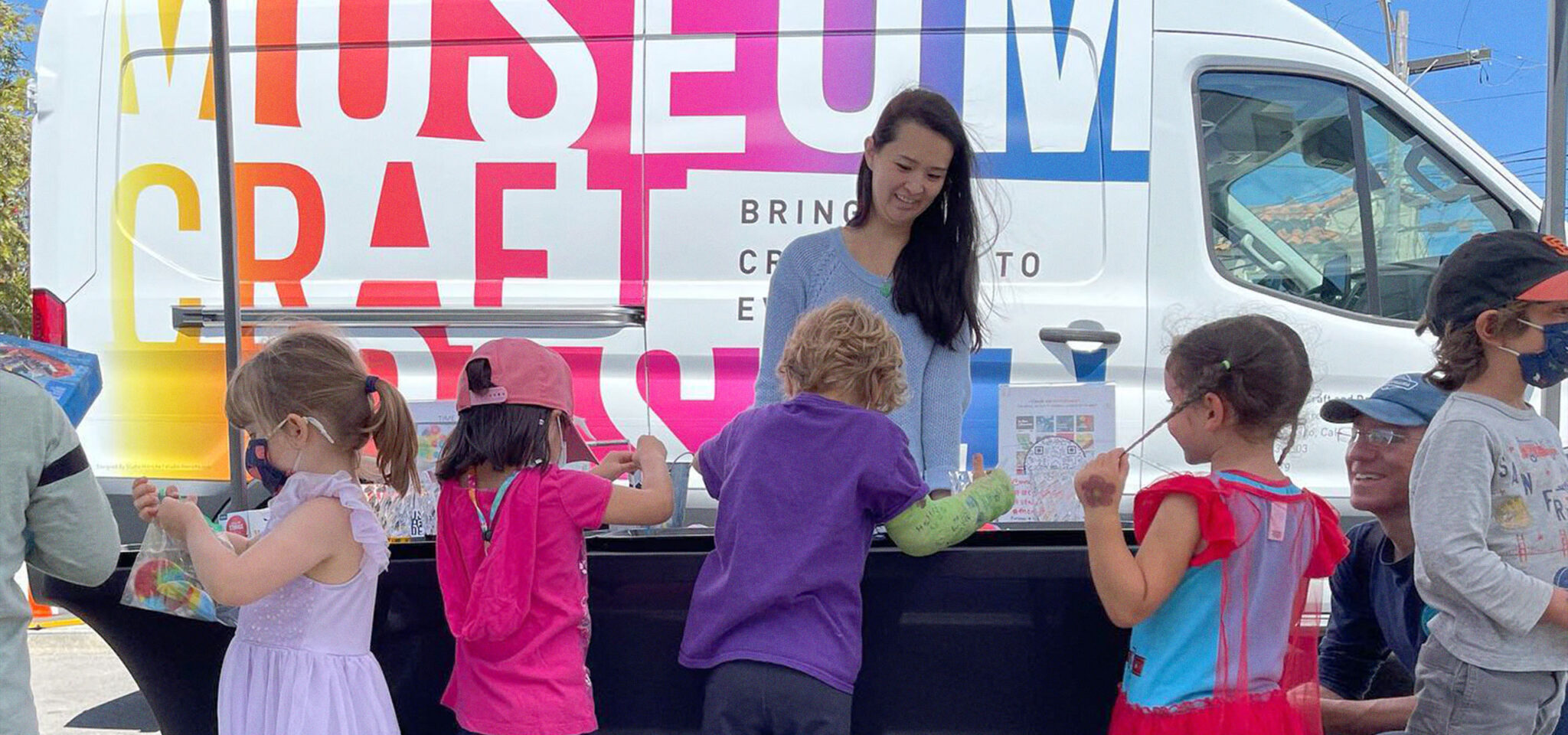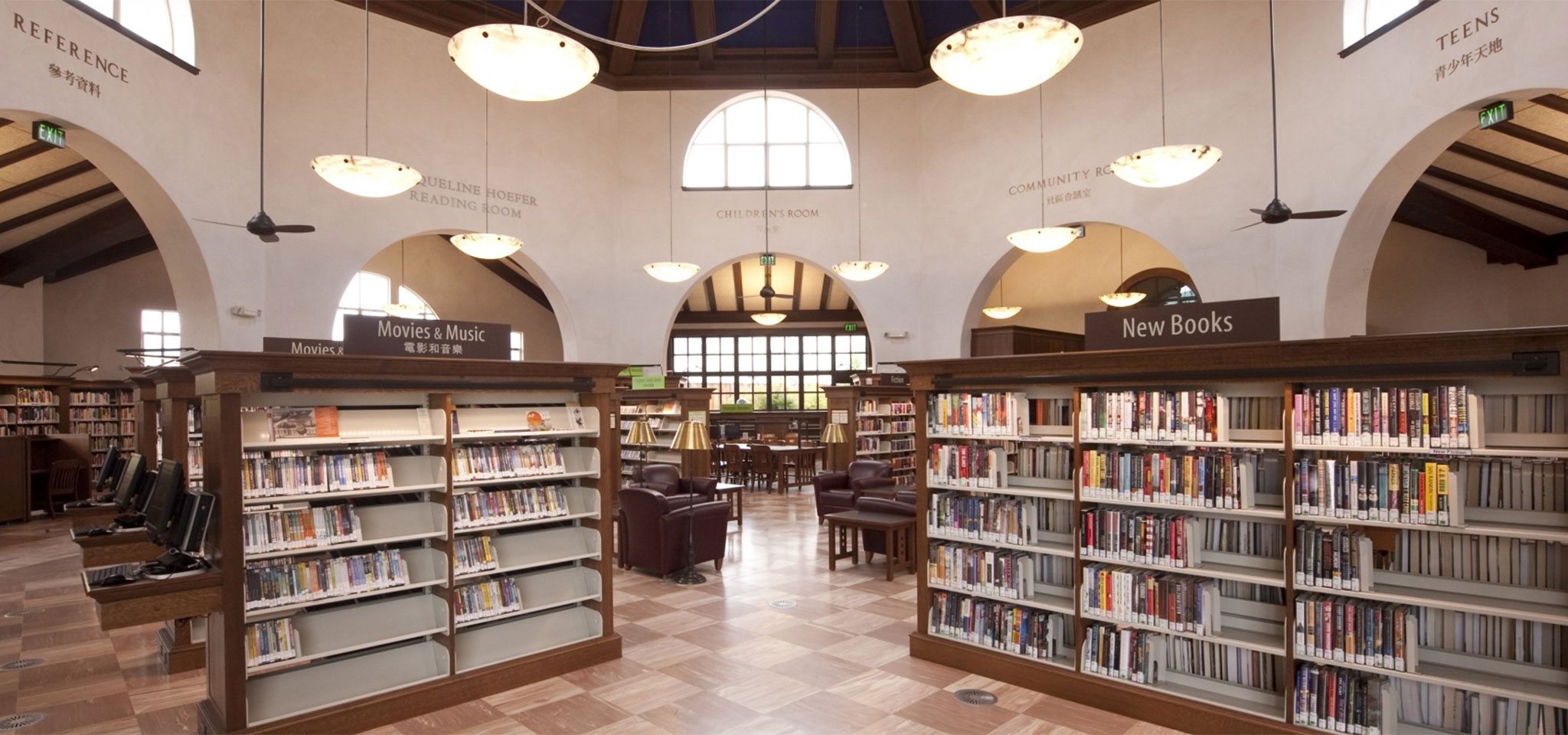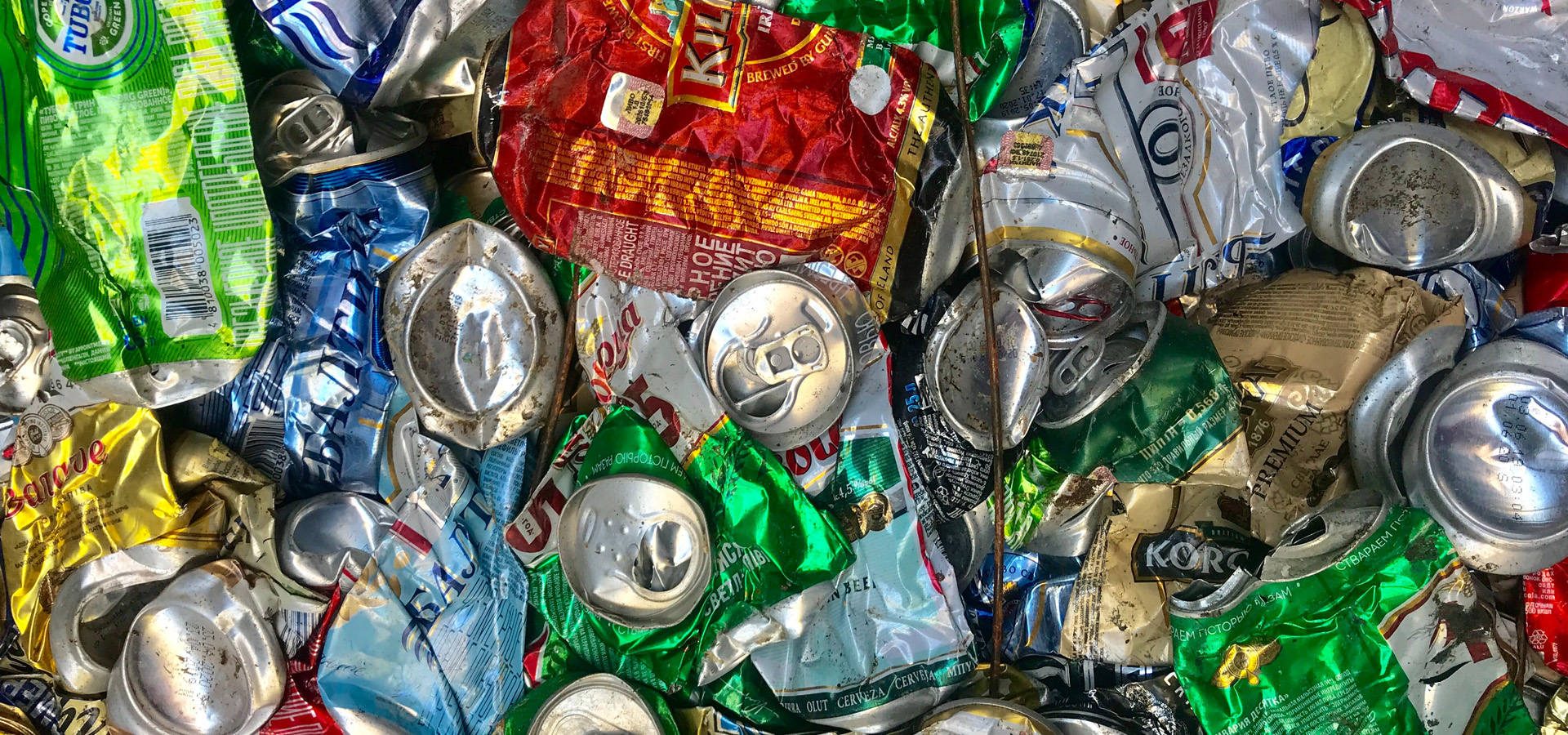
Awesome Assemblage

Sponsored by
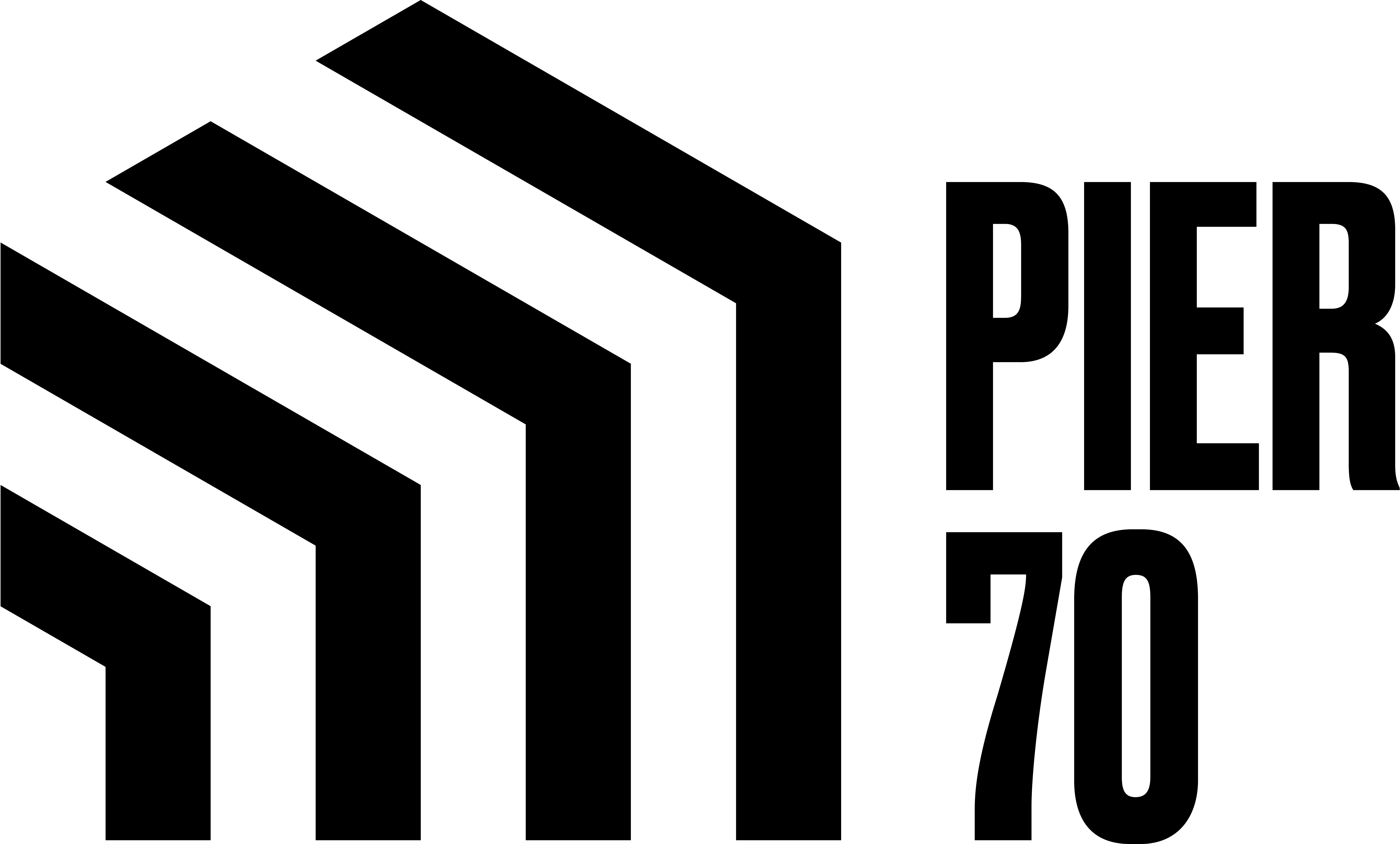

RECOMMENDED AGE LEVEL
Recommended for ages 12 and up with adult supervision.
PROJECT DESCRIPTION
For this project, the Museum of Craft and Design has taken inspiration from artists who primarily work with reclaimed material, found objects, and literal trash. Join us to learn how to turn any old, broken, or unwanted objects into intriguing free-standing sculptures and installations. Check out some local zero-waste inspiration with the Recology AiR Instagram feed.
MATERIALS
Reclaimed waste (plastic bags, string, zip-ties, containers, etc.)
Unused furniture (stools, chairs, shelves, etc.)
Unused household items (blankets, baskets, brooms, mops, etc.)
Unused clothing items (for color, texture, etc.)
Unused toys and electronics
Extra/found construction materials
Optional:
High-strength adhesives and/or hardware
INSTRUCTIONS
- Source objects that no longer serve a purpose in your household or venture outside to see what you can find. Urban landscapes are full of discarded treasure!
- Broken, discolored, non-functional objects are perfectly fine for this.
- Consider: Friedman Benda’s Split Personality exhibition for ideas.
- Consider: Yugi Agematsu’s Self-Portrait for a slightly different approach.
- Broken, discolored, non-functional objects are perfectly fine for this.
- Organize your sourced materials by appearance and function. Consider the following:
- Color: Is the surface of the object shiny or matte? Warm or cold? Solid or patterned?
- Dimension: How tall is each object? Wide? Heavy? Symmetrical? Flat? Curved?
- Condition: Is the object new or old? Sturdy or unbalanced?
- Do you have many items of the same kind? Reference Ai Weiwei’s Grapes for some ideas on how to handle multiples.
- Consider which items can be placed first.
- For an easier process, attempt to place larger or heavier objects below and smaller ones above.
- This is not mandatory, however, switching up this logic can provide very interesting results.
- Objects that may not have too much structural strength (i.e plastic bags) may be used to tie other components together or decorate the surface.
- Plastic reused for the sake of weaving/textile work is known as plarn (plastic yarn).
- Consider making your project closer to a weaving project than a sculpting one–Ramekon O’Arwisters’ found materials sculptures highlight how open-ended crochet technique can lead to dynamic results.
- For an easier process, attempt to place larger or heavier objects below and smaller ones above.
- Keep in mind vertical and horizontal loads.
- Support vertically oriented pieces with horizontal ones and vice versa.
- This is an extremely open-ended project. If you are looking for ways to determine whether or not you are finished, consider the following:
- Have you used all your sourced material? Are you trying to? Have you found more material along the way?
- Can you build any higher or further out?
- Is your assemblage meant to be seen in the round or only head-on?
- How can you increase its three-dimensional presence as opposed to its presence as an image?
- Did you set out to build something recognizable or functional?
- Does your assemblage resemble what you attempted to represent?
- Does it function as the object you set out to build?
- Does the sculpture stand on its own?
- Can you move some pieces around to ensure a more stable arrangement?
- Will the sculpture remain as it has been assembled or will it have to be taken apart?
- How does your sculpture relate to the environment around it?
- Will it transform from discarded waste into public art?
RELATED RESOURCES
- Visit Urban Ore for all your material sourcing needs or check out Modern Art Sculptures Made Using Only Waste and Found Objects.
- Like playing with trash? Check out the 2021 cohort of Recology’s Artist in Residence program.


